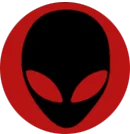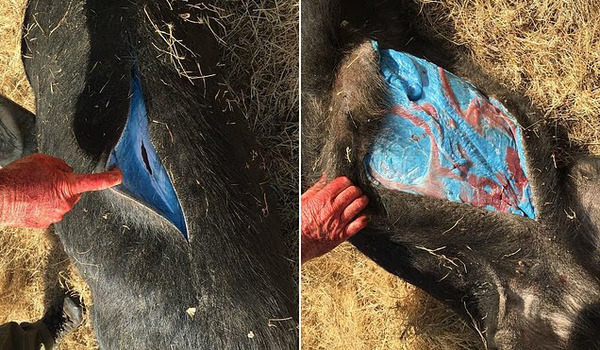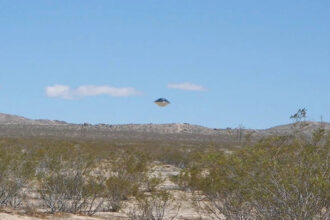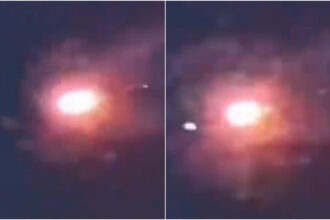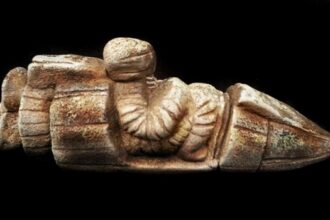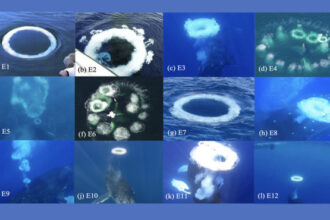Hunters in California were alarmed after discovering wild boars with meat and fat displaying a fluorescent blue hue.
The phenomenon has been reported in recent months by local residents, who shared similar cases with authorities. The unusual appearance of the animals has left many puzzled, with no clear explanation for the striking coloration.
“It’s not just a faint shade of blue—it’s vivid. We’re talking neon blue, blueberry blue,” said Dan Burton, owner of Urban Trapping Wildlife Control, in an interview with the Los Angeles Times.
In response, health and regulatory agencies have issued a warning, advising people not to consume the meat, as the pigmentation may be a sign of poisoning.
Investigations suggest the most likely cause is difacinone, a dyed rodenticide commonly used by farmers and pest control companies to manage populations of rats, mice, and ground squirrels.
Authorities also warned that the issue may not be limited to wild boars: other animals, including deer, geese, and even bears, could be affected if they come into contact with the substance.

The Daily Mail reports that officials have already issued alerts across Monterey County following the unusual discovery.
Ryan Bourbour, pesticide investigations coordinator with the California Department of Fish and Wildlife (CDFW), explained that hunters need to be cautious. “Game animals such as wild pigs, deer, bears, and geese may carry contamination if they’ve been exposed to rodenticides,” he warned. He added that these chemicals don’t just affect the targeted pests. “Non-target wildlife is also at risk, especially when rodenticides are used near their natural habitats.”
The compound in question—now heavily restricted in California—acts by causing fatal internal bleeding. Investigators believe the fluorescent-blue pigs may have ingested not only the poisoned bait itself but also rodents that had already consumed it.
Authorities have asked hunters to avoid eating meat that shows signs of the unusual pigmentation and to report any new cases immediately.
The danger extends beyond wildlife. Predators, including humans, can also be poisoned if they eat an affected animal, since the toxin remains in tissue long after death—even surviving the cooking process.
A 2023 study noted that multiple feedings are typically required before a toxic dose is reached, but it also warned that both people and animals could begin experiencing symptoms such as fatigue and lethargy after exposure.

This isn’t the first time wild pigs in the area have been found with blue meat.
Photos shared in 2015 showed wild pigs with what was described as “fluorescent blue” fat. According to the caption, the author explained: “My in-laws live on a ranch in Morgan Hill, CA, and they shot a wild pig. At first, it seemed like a normal animal, but when they cut it open, they discovered the fat was bright blue. Everything else was normal — the meat, blood, and organs. The only unusual part was the blue fat spread throughout the body.”
The phenomenon caught the attention of authorities. A 2018 study by the California Department of Fish and Wildlife found that about 8.3% of tested wild pigs contained traces of anticoagulant rodenticide in their system.
As a result, diphacinone was banned in California in 2024 under a law designed to protect wildlife from exposure to the poison.


